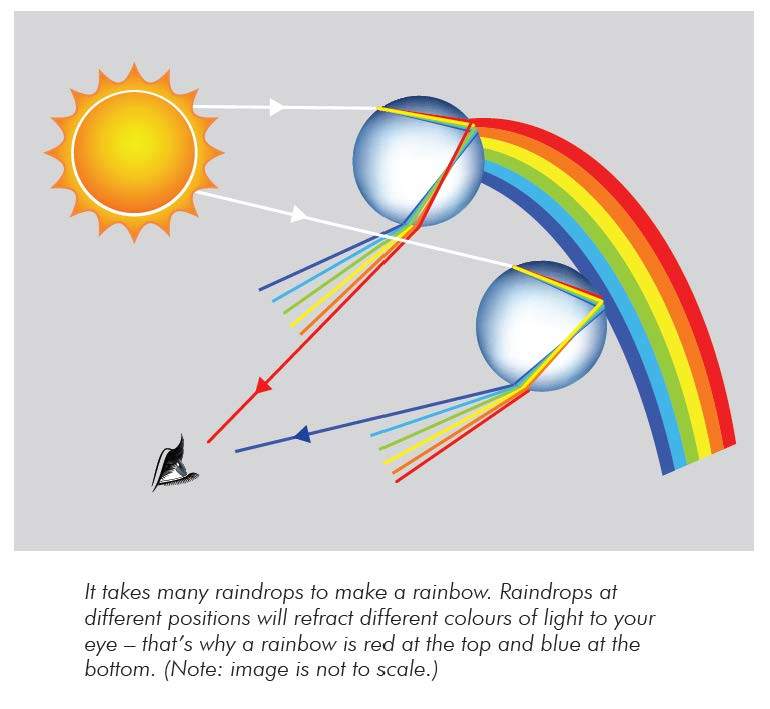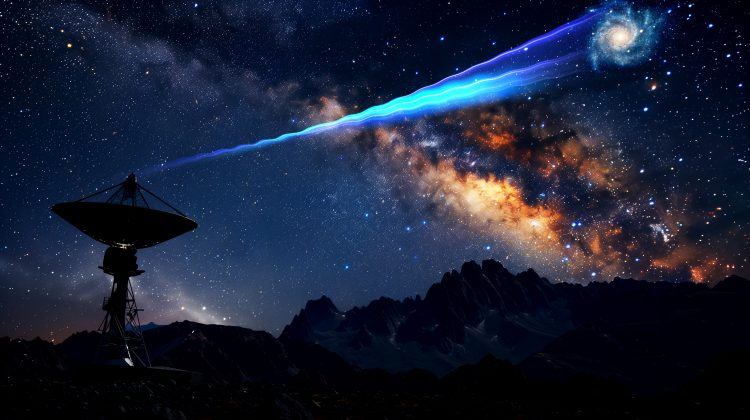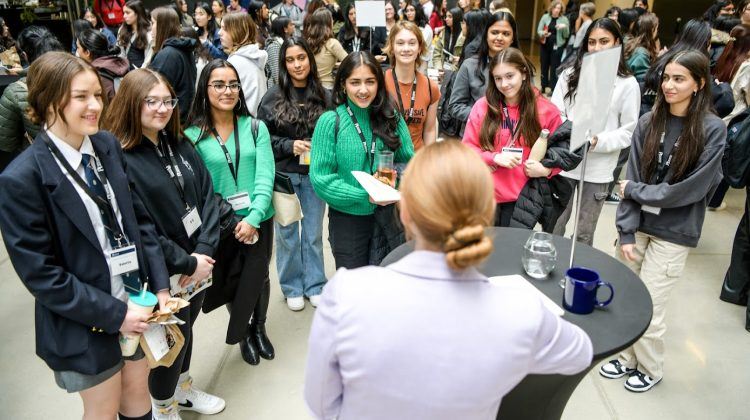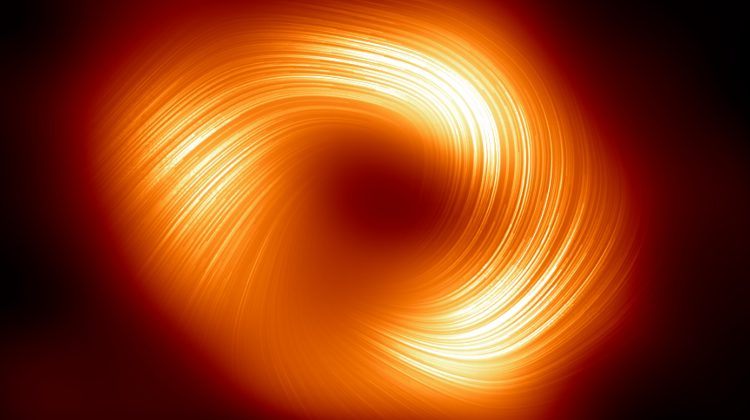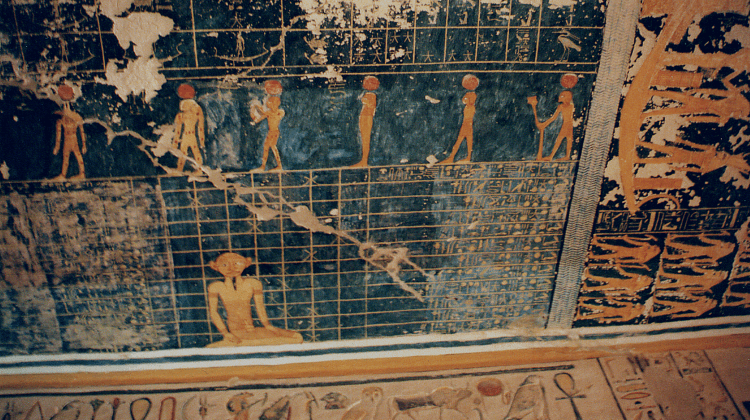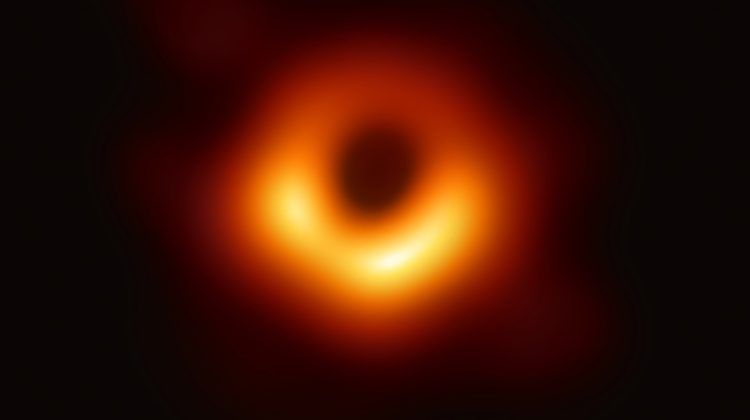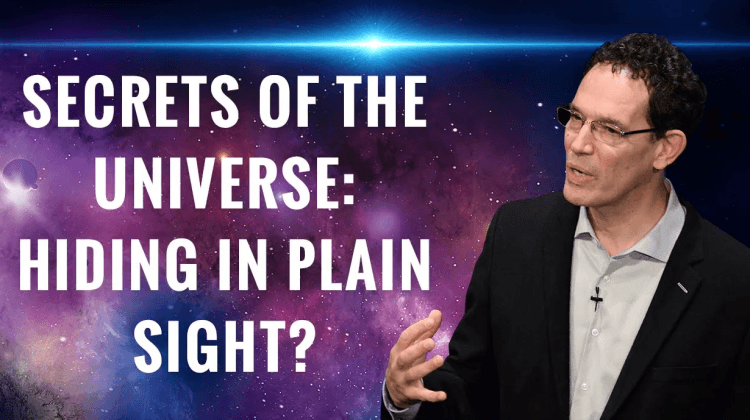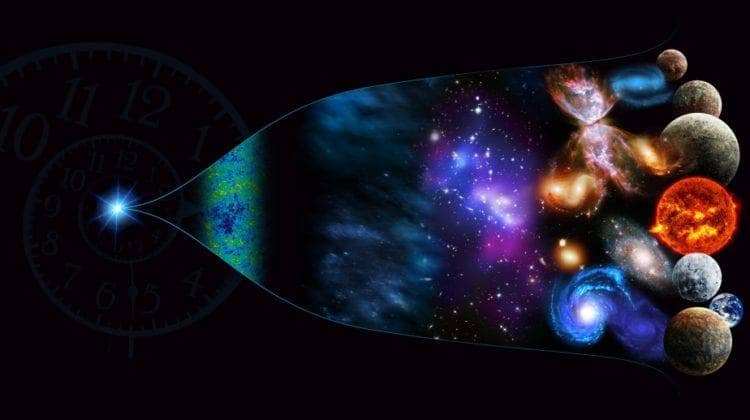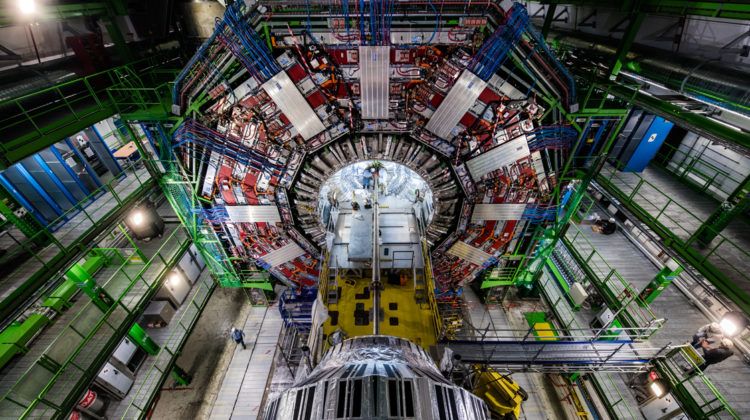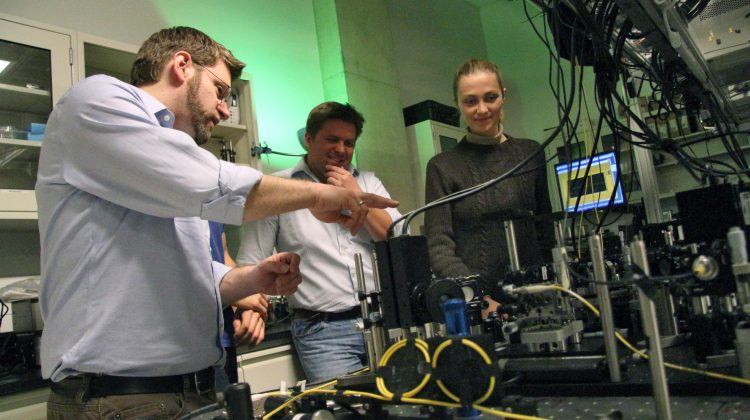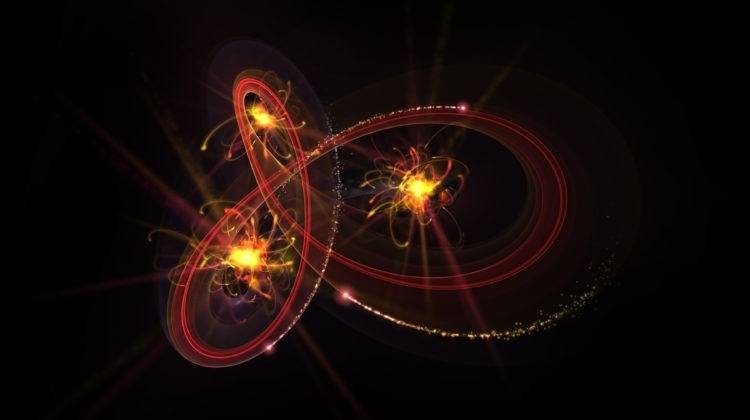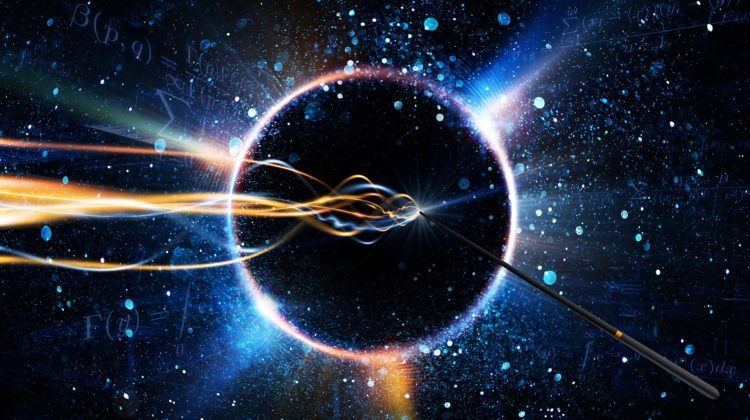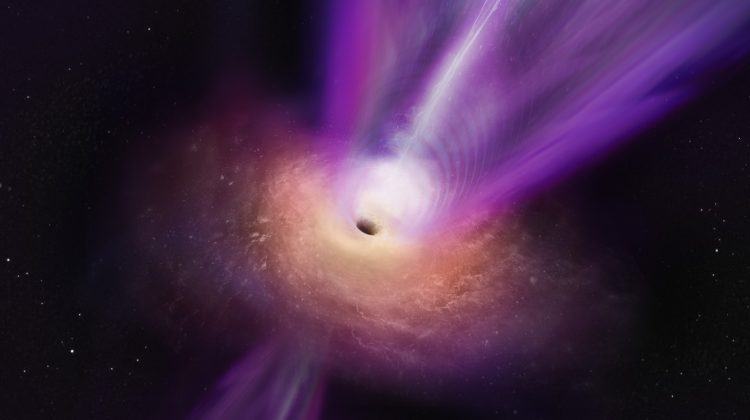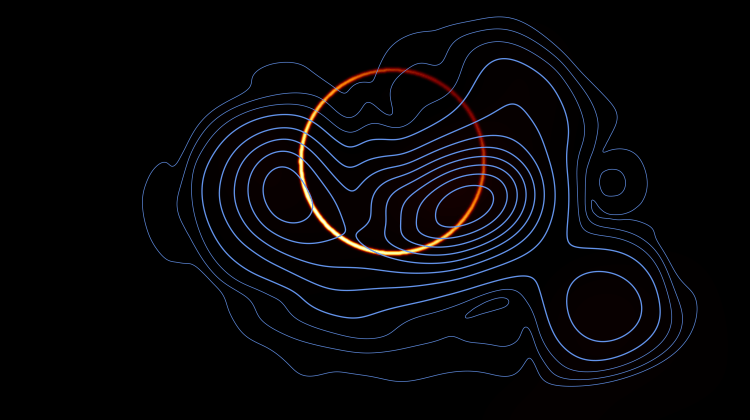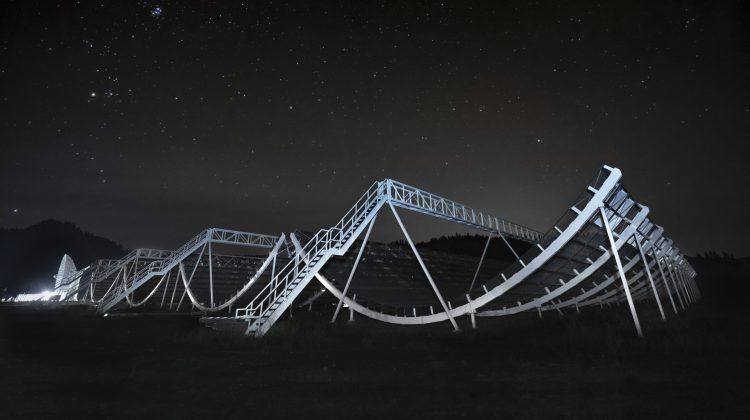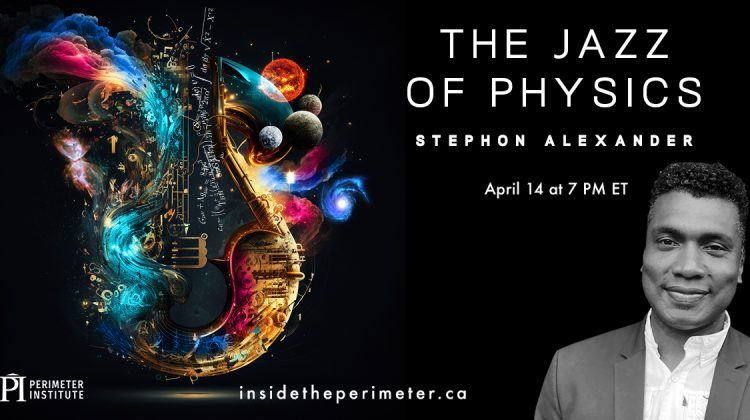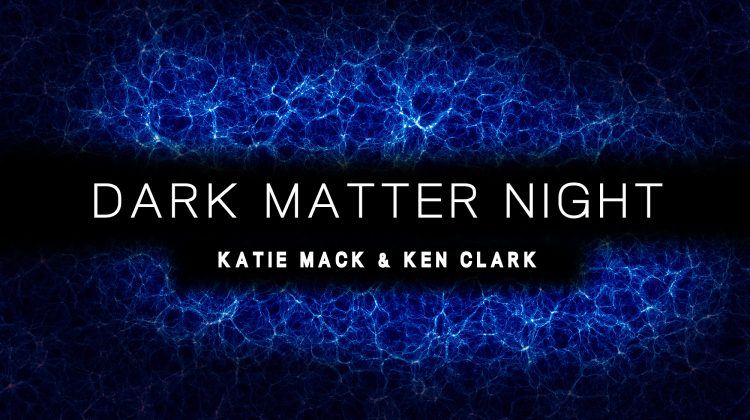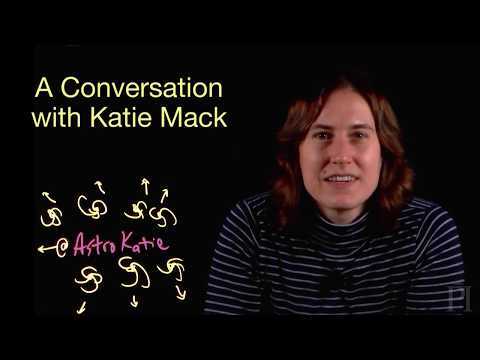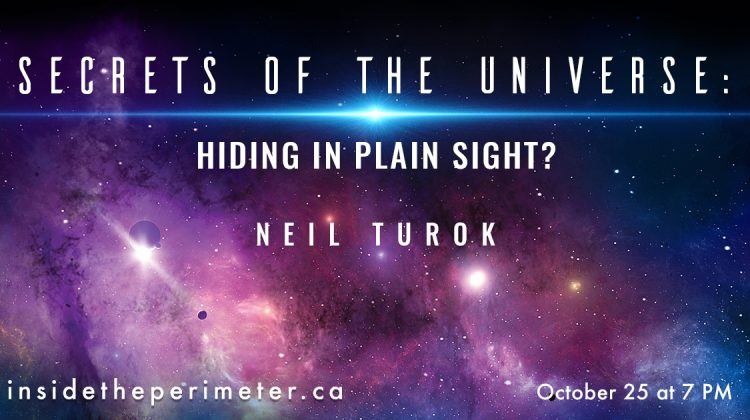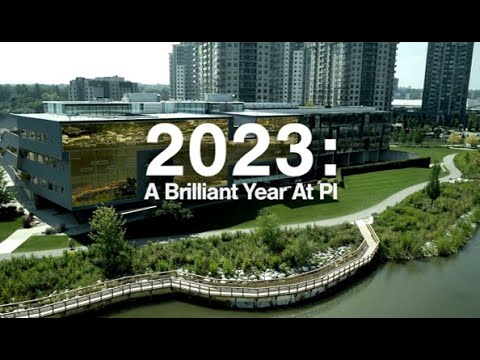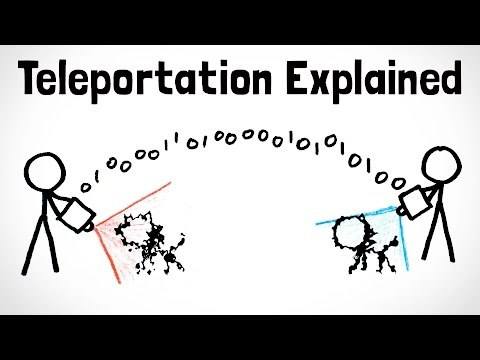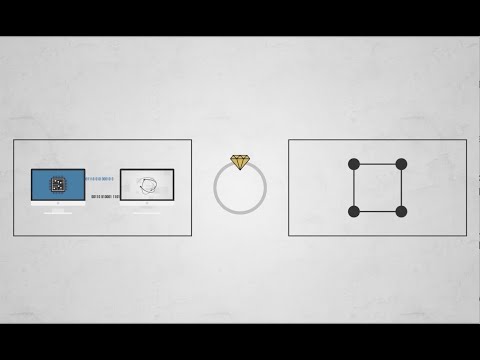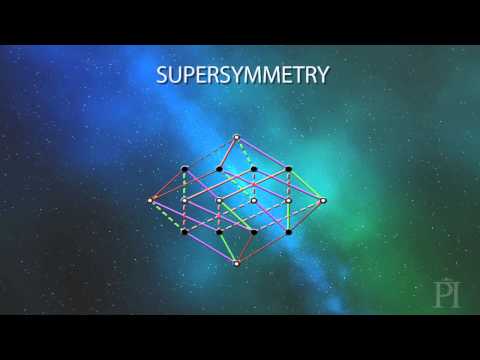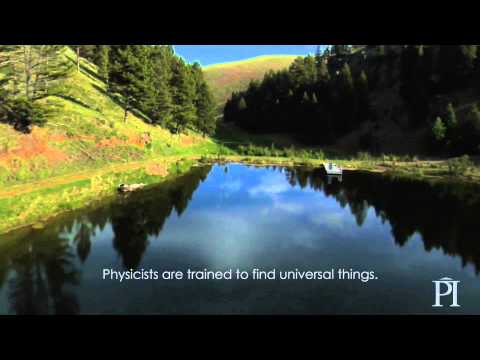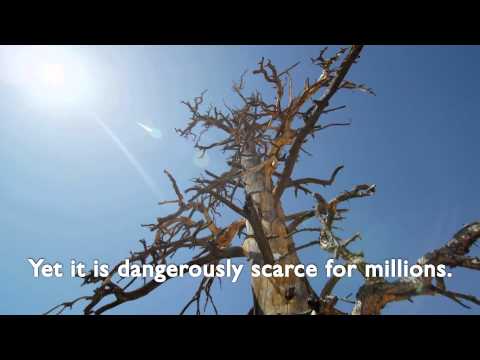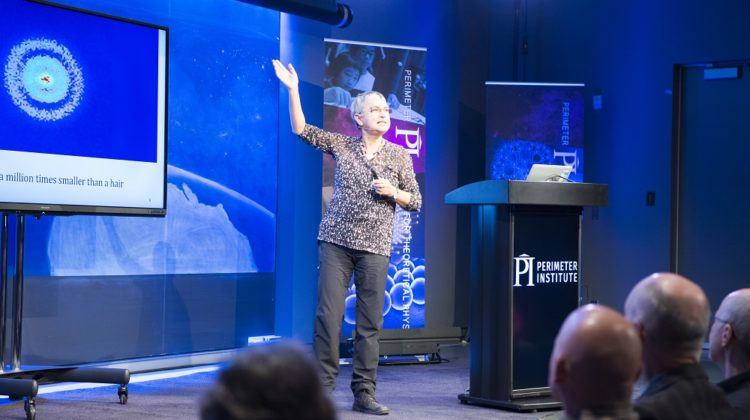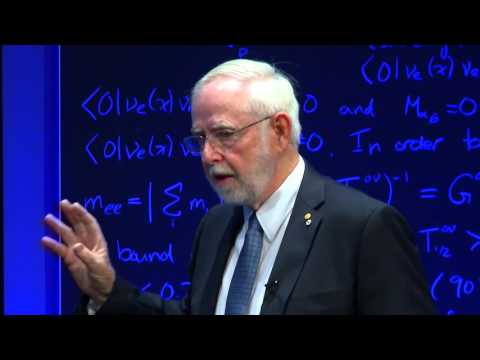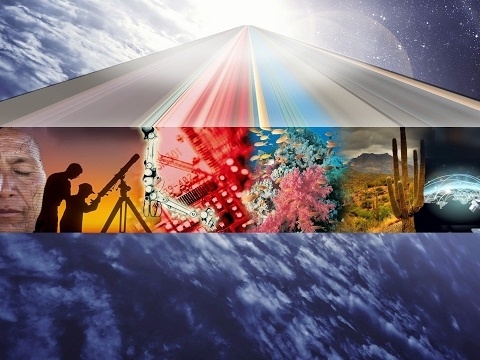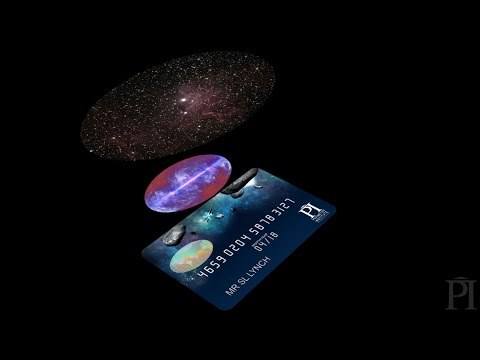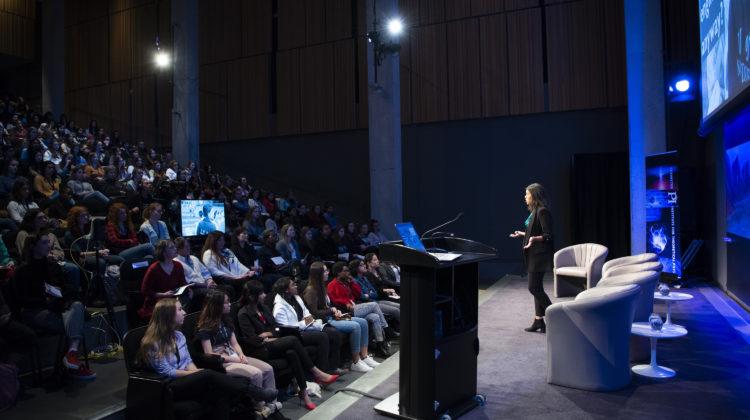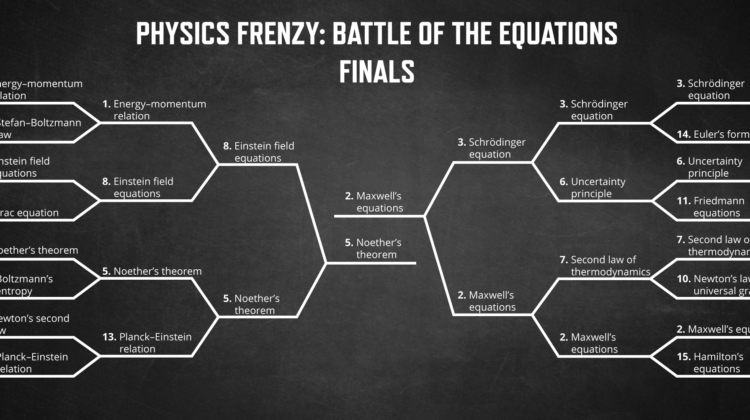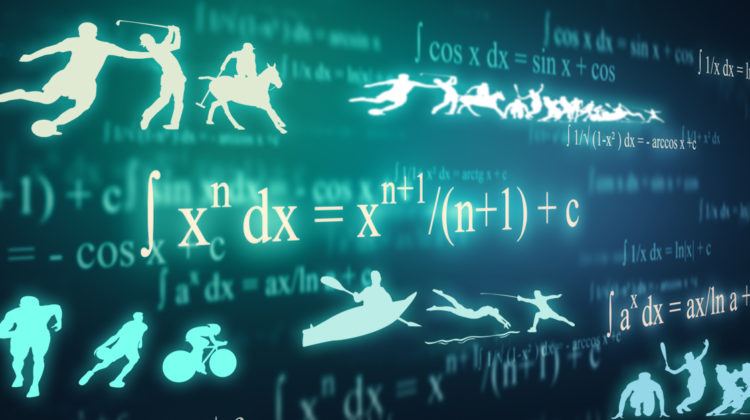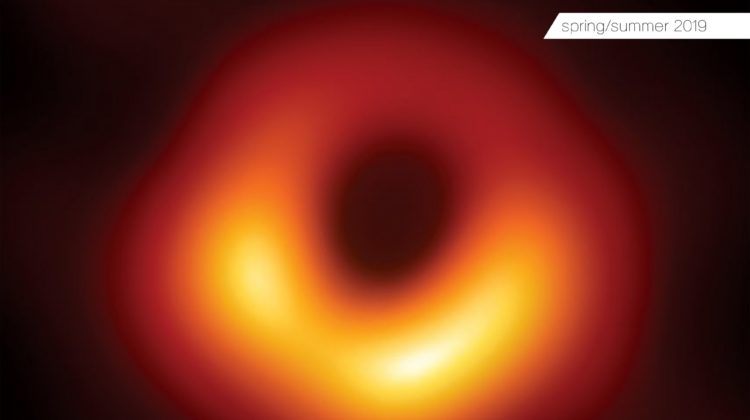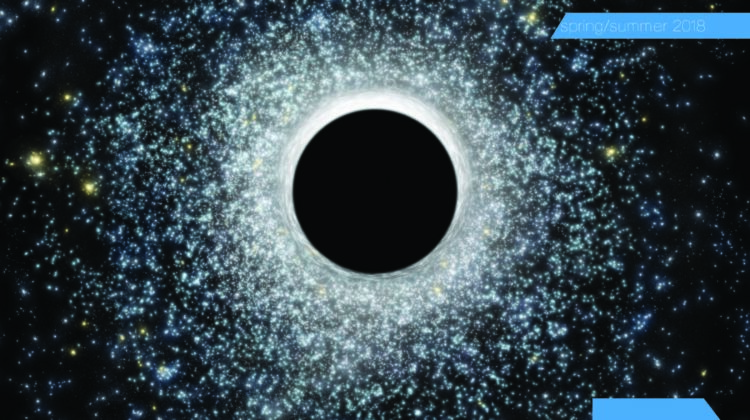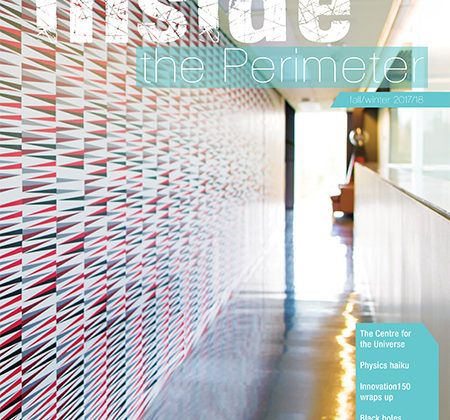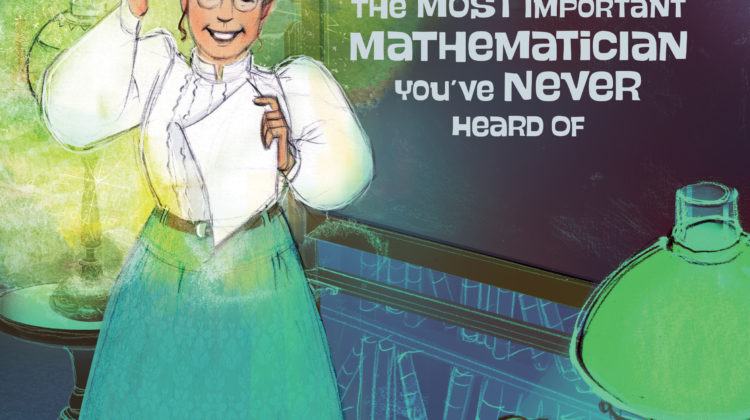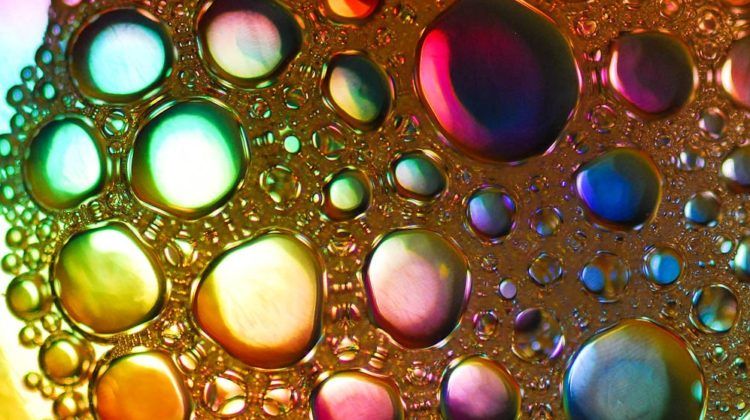PI kids are asking: How are rainbows made?
Why do we have rainbows and not rainsquares? And what does it look like once you’re inside a rainbow? Let’s explore a light, bright science question.
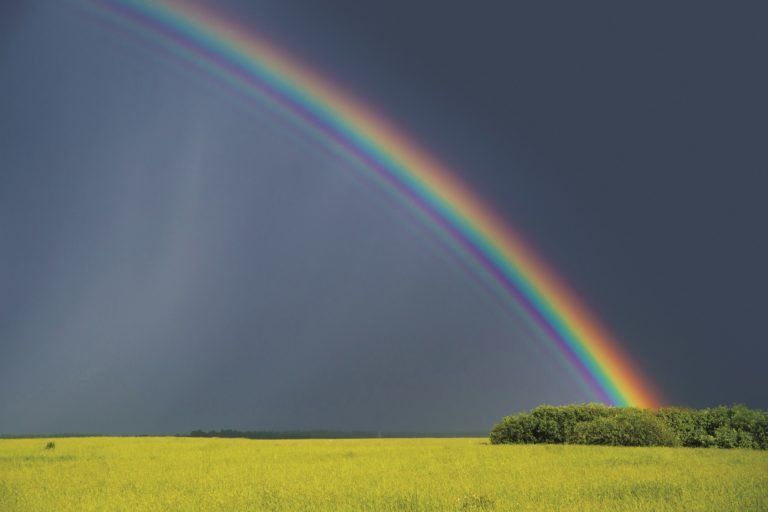
It’s hard to forget the breathtaking beauty of a rainbow once you’ve seen one. The splendid arcs of dazzling colour stretching across the sky have inspired countless myths, fairy tales, poems, and songs. At Perimeter, we think rainbows (and just about everything else in the universe) only get more beautiful when we can understand what causes them.
The recipe for a rainbow is surprisingly simple: take some rain, add a bit of sunshine, and mix at just the right angle. To put it all together, we need to use some of the rules that govern how light behaves.
Let’s start with refraction. When light passes from one medium to another (for example, from air to water), it changes direction slightly, or refracts. The amount of “bending” that occurs depends on the wavelength (or colour) of the light – shorter wavelengths (corresponding to bluer light) get bent more than longer ones (redder light).
Next, it’s handy to know that white light isn’t actually light that doesn’t have colour. White (or clear) light is actually the result of blending all the colours of light, from red to blue, together.
Now let’s mix in the rain. When a sunbeam, containing all colours of light, enters a round raindrop, the wavelengths of light get refracted at different angles. These refracted rays then reflect off the back of the raindrop, and refract once more when they leave the droplet.
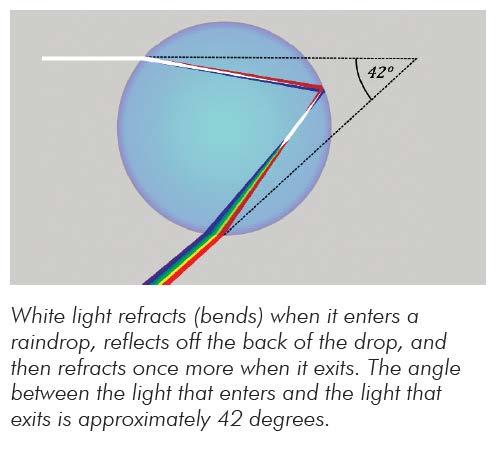
The end result is that the white light from the sun has been spread out, or dispersed, into light of different colours. With enough raindrops in the sky, each one will disperse a certain wavelength of light toward a viewer’s eye.
Using optics, we know that the angle between the light that enters the droplet and the light that exits is about 42 degrees. This is why you don’t see rainbows at noon, when the sun is high in the sky: the sun has to be below 42 degrees for the light to refract and reflect in the raindrops. The lower the sun is in the sky, the higher the rainbow, so you’ll see the most spectacular ones at sunrise and sunset.
This angle also tells us why we get rainbows, and not rainlines or rainsquares: if you map out all the points in the sky that are at just the right angle to disperse the light, you get an arc! (Well, technically, you get a circle, but half of it is blocked by the horizon.)
All of this also means that a rainbow doesn’t exist in any one particular place, so you can never see inside it (or fly over it, or under it, or get to the end of one). A rainbow is essentially an optical illusion: there are no physical bands of colour in the sky – just raindrops playing with sunbeams!
